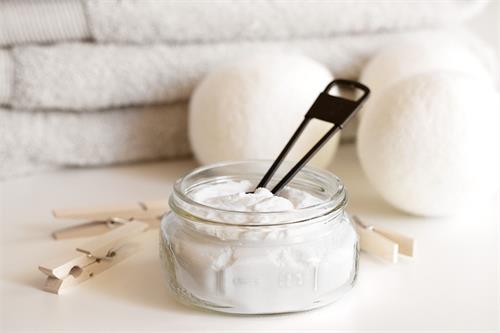
Hydrangeas are cherished for their lush, colorful blooms, but it's disheartening when these vibrant flowers turn brown prematurely. This browning can result from various factors, including environmental stressors and care practices. Understanding these causes and implementing effective remedies can restore their vitality.
One primary reason for browning is insufficient watering. Hydrangeas have large leaves that lose moisture quickly and need deep watering to develop strong roots. Watering in the morning helps avoid evaporation and ensures root hydration throughout the day.
Excessive sun exposure is another culprit. Hydrangeas thrive in partial shade, and too much direct sunlight, especially during hot afternoons, can cause tissue damage, leading to brown, crispy petals and leaf edges.
Over-fertilization can also lead to browning. Applying too much fertilizer, particularly those rich in nitrogen or aluminum sulfate, can "burn" hydrangea roots and blooms, causing premature browning.
Fungal diseases thrive in humid conditions and on wet foliage, causing brown spots and eventual browning of blooms if left unchecked.
To combat browning, consider the following strategies:
Proper Shading: Ensure hydrangeas receive morning sun and afternoon shade.
Consistent Watering: Aim for about one inch of water per week, applied directly to the root zone in the early morning.
Balanced Fertilization: Test soil pH before applying fertilizers and opt for phosphorus-rich, slow-release formulas if needed.
Pruning and Deadheading: Regularly remove fully brown blooms just below the faded petals to encourage new growth.
Disease and Pest Management: Promptly remove and destroy diseased foliage, water at the base to avoid wetting leaves, and inspect for pests regularly.
Maintaining hydrangea health involves selecting locations with well-drained, loamy soil and dappled sunlight to minimize stress. Conduct annual pH tests; adjust acidity for color preferences and overall plant health. Apply a thick mulch layer before frost and consider burlap wraps in colder regions to prevent winter burn. Regularly check hydrangeas during hot spells for water needs and early signs of disease or pests.
By understanding the multifaceted reasons behind hydrangea browning and implementing these tailored strategies, gardeners can transform lackluster, brown blooms into lush, vibrant displays that last through the season.
Recommend:

Cancun vs. Tulum – Which Should You Visit Next?

Why do some windows have a “potbelly”? A fusion of aesthetics and functionality

Historic Charm: The Savoy Hotel, London's Timeless Gem

How to Use Baking Soda to Remove Odors in Laundry?

